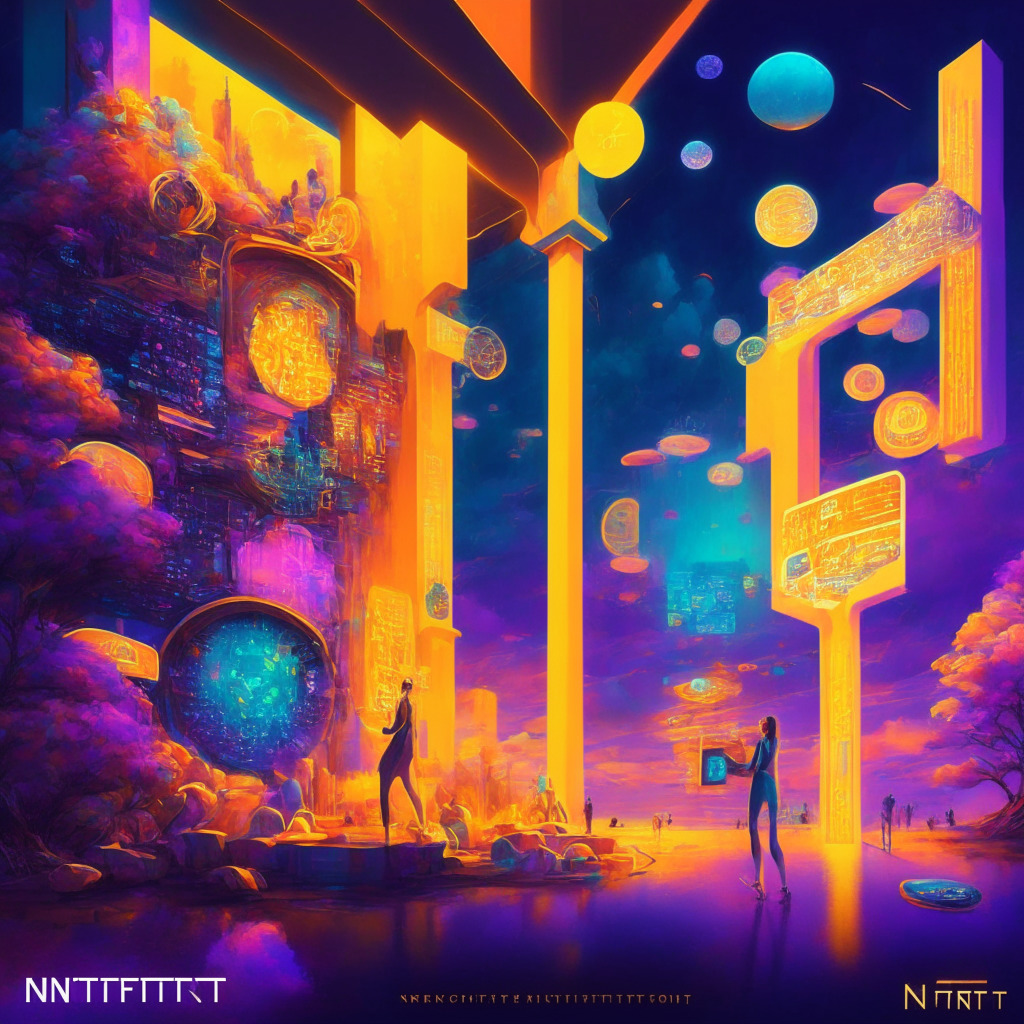Imagine a world where martial arts lessons are taught by a digitalized Bruce Lee, or where you could purchase food items directly off an online platform using tokens. Welcome to the evolving might of blockchain and Non-Fungible Tokens (NFTs). Studies suggest that the food and beverage sectors poised to adopt this technology might likely inflate to a staggering $2 billion by 2032. The key variables for this prediction boil down to blockchain acceptance and a growing demand for transparency and traceability within the food industry. Recognizable entities including Pizza Hut and Papa John’s have already initiated this adaptation, releasing their own NFT sets.
On another note, appreciating art and historical treasures might no longer require a physical visit to picketed museums. Metaverse platform, The Sandbox, has allied with renowned institutions like the British Museum to create digital collectibles for enthusiasts. This is seen as a unique opportunity for individuals to explore human history, art, and culture even in a virtual setting.
Diving further in, martial arts lovers may soon have the privilege of getting trained by an avatar representing the legendary Bruce Lee in the Metaverse platform, Byte Dance. Users can animate their characters in the Byte City metaverse to engage with the virtual Bruce Lee. The interaction is made flexible to be operational both on desktop and mobile, enhancing comfort and accessibility.
Besides these, exciting stakes in the future of Web3 revolve around NFT-styled debit cards. As explained by Animoca Brands co-founder, it’s a shift towards personalization, where users can parade their individuality in new ways. The investment firm earmarked $30 million for Hi, a neobanking platform enabling users to tailor their physical cards with NFT avatars.
Despite these dazzling prospects, the realm of blockchain is not without its threat; scams continue to hound the community. A swift move to adhere to by users should therefore be enabled two-factor authentication and resist copy-pasting addresses indiscriminately for fund transactions. While blockchain domains exist to simplify transactions, users should exercise caution to keep such frauds at bay.
All said, with immense opportunities comes a great responsibility for diligent usage. The blockchain world is evolving with multiple offerings, and it holds paramount importance for users to balance the excitement of the new age with a defined caution for their safety.
Source: Cointelegraph




